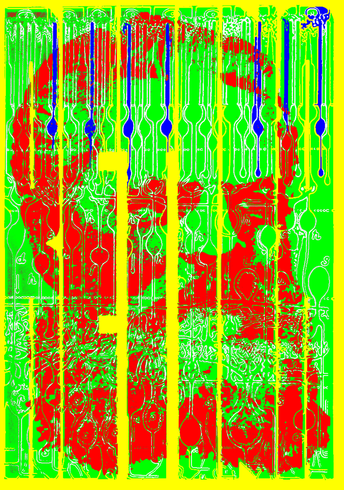Hermann Rudolf Aubert1826–1892
Aubert was one of the towering figures of 19th century physiological optics, alongside Helmholtz and Hering. In 1865 he published his Physiology of the Retina, which clarified much of the terminology in physiological optics as well as adding substantially to its body of knowledge. Aubert defined vision as “the faculty by which light is perceived as such and gradations in its intensity are appreciated”. He introduced the concept of adaptation and distinguished it from accommodation, which terms had previously been used interchangeably: accommodation referred to the adjustment of the eye to focus on objects at different distances whereas adaptation denoted the adjustment of vision to the intensity of light. He systematically plotted the time courses of light and dark adaptation, calibrating the intensity of the light source with an episcotister of his own invention; he measured his own thresholds for detecting light at regular intervals throughout almost two hours in darkness. His work on indirect or peripheral vision was of signal importance in attaching differences in function to the receptors of the retina: he found that visual acuity diminished towards the periphery of the retina and that colour vision was restricted to regions surrounding the fovea. He also demonstrated that the sensitivity to colour in peripheral vision was dependent upon the background against which they were seen: colours on black backgrounds could be seen farther into the periphery than those on white. In the following year, 1866, Schultze related these differences in function to the distribution of rods and cones in the retina which led to the formulation of what became known as duplicity theory. Aubert made accurate estimates of detection and difference thresholds for light intensity and for motion perception. The detection of motion in darkness was ten times poorer than its detection relative to a stationary visible background. With a light observed in isolation “sometimes a person is absolutely sure of seeing motions when no objective motions are present”. In 1861 he described how a vertical line in an otherwise dark room appears to be tilted in the opposite direction to the head, when the latter is inclined - now called the Aubert phenomenon. Aubert’s principal concern was with space perception and he established that visual acuity is better for near than for far objects (the Aubert-Förster phenomenon) and that the velocity of a moving target is underestimated when it is tracked (the Aubert-Fleischl phenomenon). He was born in Frankfurt-am-Main and studied medicine at the University of Berlin. He taught at the University of Breslau and occupied the chair of physiology at the University of Rostock from 1865 until his death. Aubert is shown in the detailed anatomy of the retina, and that structure in its turn is enclosed within the letters spelling its name.
